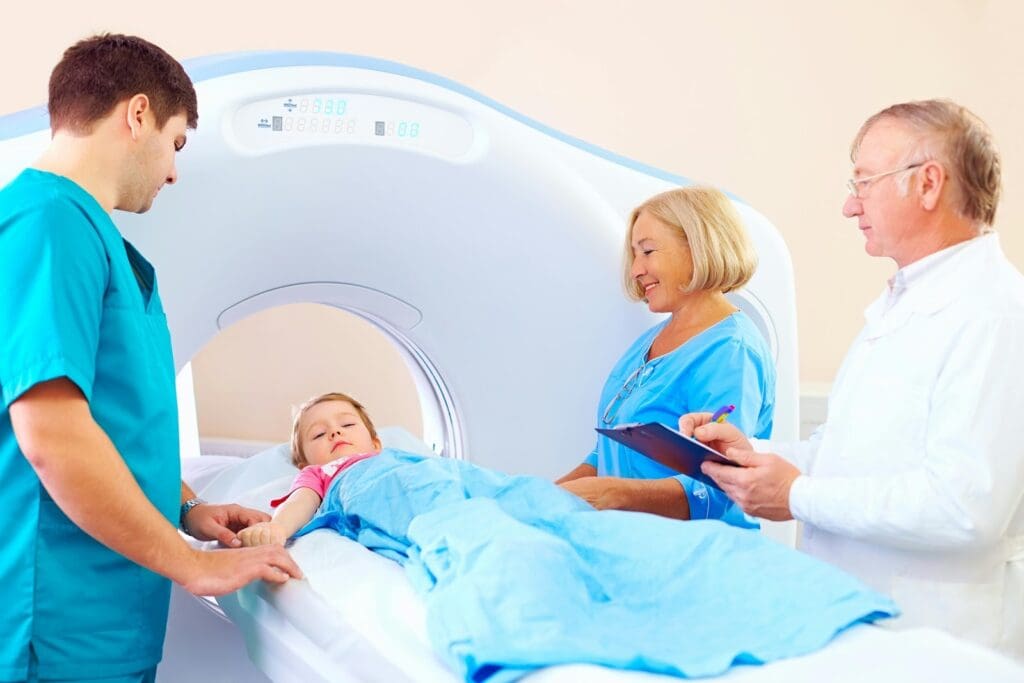Last Updated on November 24, 2025 by
Checking a child’s lungs is a mix of clinical checks and special tests to measure lung function. These tests help see how well the airways work and spot breathing problems. At top hospitals like LivHospital, experts use the latest methods for fair and precise tests. Pulmonary function tests are breathing tests that show how much air the lungs hold and how well they move air in and out.

These non-invasive and painless tests are key for finding breathing issues and checking lung health. For more info on pulmonary function testing in kids, check out trusted sources.
Lung assessment is key in pediatric care. It helps spot breathing problems early. It’s vital for diagnosing and treating respiratory issues in kids.
Children show different symptoms from adults with respiratory problems. Look out for:
Spotting these signs early can lead to better treatment. This improves outcomes for kids with breathing issues.

If your child shows any of these signs, get medical help:
Early medical check-ups can find the cause of breathing problems. They guide the right treatment.
Many respiratory conditions need thorough lung checks in kids, like:
Pulmonary Function Tests (PFTs), or breathing tests, are key. They help diagnose and manage these conditions. They check lung function, track disease, and see if treatments work.
We use different methods to check lung health in kids. These include pulmonary function tests and lung function tests. Spirometry is a key test that looks at lung volumes and finds blockages. It helps find and treat breathing problems.
For young kids, we use a test called oscillometry. It’s safe and finds small airway issues. Other tests include gas diffusion tests and body plethysmography. Knowing when and how to prepare for these tests is important.
A lung capacity test checks how much air the lungs can hold. This helps doctors plan the best treatment. It’s important to follow certain steps before these tests to get accurate results.
A pulmonary function test (PFT) is a non-invasive test that checks lung function. It helps find breathing problems like asthma or COPD. Kids need it to get the right treatment for breathing issues.
Spirometry is a PFT that measures air inhaled and exhaled. It’s key in checking kids’ lungs. It spots breathing issues and checks if treatments work.
Oscillometry is another PFT that looks at lung function. It doesn’t need kids to blow hard, making it better for young ones or those in distress.
Before a PFT, kids should not exercise hard, wear loose clothes, and tell their doctor about meds. They should also follow the doctor’s or the testing place’s instructions.
Yes, tests are needed for asthma, cystic fibrosis, and chronic cough. A doctor might suggest it for wheezing, shortness of breath, or trouble breathing.
It’s best to wait for a cold or infection to pass before a PFT. But a doctor should decide if it’s okay to do the test.
A PFT’s length varies by test type and kthe id’s cooperation. Spirometry usually takes 15-30 minutes. Other tests might take longer.
Subscribe to our e-newsletter to stay informed about the latest innovations in the world of health and exclusive offers!